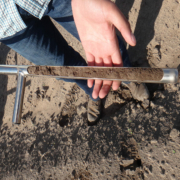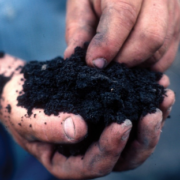‘Soil for Water’ Regenerative Agriculture Project Expands to Montana
Building on a successful peer-to-peer network of Texas ranchers who are implementing innovative grazing techniques to improve soil health and increase profitability, the National Center for Appropriate Technology (NCAT) is scaling up its Soil for Water project to support livestock producers and farmers across seven southern states and Montana.
The Soil for Water project grew out of persistent droughts, which put a strain on agricultural producers across the country. The effort is combining the use of appropriate technology, peer-to-peer learning, and on-farm monitoring to encourage regenerative agricultural practices across Montana, California, Texas, New Mexico, Colorado, Arkansas, Mississippi and Virginia.
“Livestock have the ability to improve soil health, and healthy soil holds more water,” said NCAT Regenerative Grazing Specialist and Montana project lead Linda Poole, who also raises sheep in Phillips County. “We know that as more producers adopt regenerative methods, significant economic, environmental and social benefits can be realized.”
Economically, regenerative agriculture has the potential to increase forage production, drought resilience, animal health, access to lucrative new markets, and therefore profitability. Environmentally, it has the potential to improve soil health and biodiversity. Climate trends across much of the U.S. indicate longer, hotter drought periods punctuated by storms that often are more severe, according to a 2021 USDA report. Regenerative farming practices improve drought resilience by helping the soil capture heavier rainfall that otherwise might disappear as storm runoff.
By late summer, the project will be available to ranchers and farmers across Montana. The effort aims to reach hundreds of family-owned farms and ranches, creating a network of producers who prosper by applying land management practices that improve soil health, catch more water in soil, reduce erosion, sustain diverse plant and animal life and filter out pollutants.
Dale and Janet Veseth run cattle on more than 40,000 acres of rangeland south of Malta. Their place borders the Missouri River Breaks and it has been in their family for a couple of generations. Dale grew up on this ranch and says as a kid cattle were rotated across seven pastures. Now, he’s using 80 pastures through an intensive grazing plan which has improved soil health and native grasses, allowing him to maintain a healthy herd even during severe drought.
“It’s a very long-term project,” Dale Veseth says. “Managed grazing makes you more drought-proof when you build your water resources and take care of your range. Our cattle still look good. We’re not over-impacting our range. If we’re going to survive in the beef business, we’re going to have to become more environmentally friendly.”
The high interest in nutrient dense, sustainably produced meat and locally grown products is not only an economic benefit to producers, but also a quality-of-life benefit to their communities when healthy, locally produced food is available.
The Soil for Water project launched in 2015 with support from the Dixon Water Foundation and the Meadows Foundation. Project investors include grants from the National Resources Conservation Service (NRCS), $980,000; The Jacob and Terese Hershey Foundation, $50,000; the Southern Sustainable Agriculture Research and Education (SARE) program, $1 million; and the Kathleen Hadley Innovation Fund, $20,000.

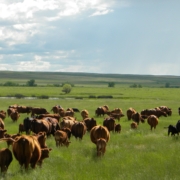
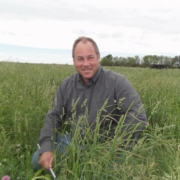
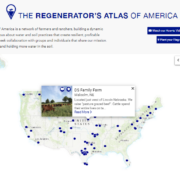
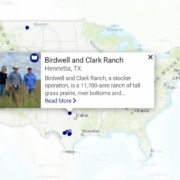

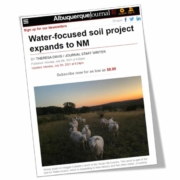
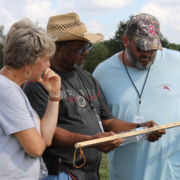 NCAT
NCAT